Sokcho Beach (속초해수욕장)
15.4Km 148075 2024-04-08
190 Haeoreum-ro, Sokcho-si, Gangwon-do
Sokcho Beach opened in 1976 and is one of Korea's representative beaches. It is close to Sokcho's downtown, and the express bus terminal is also within walking distance, so transportation is convenient. With clear sea water, shallow depth, and a gentle slope, Sokcho Beach attracts visitors from all over the country every summer. Especially during the high season in July and August, the beach is so cluttered that there's nowhere to walk. There are many restaurants and facilities near the beach. And there is a pine forest with a small park and a trail behind the beach. The sculptures installed throughout the sandy beach are a sight to see regardless of the season, so tourists continue to visit even after the holiday season. There are sculptures including the Korean initials "ㅅㅊ" symbolizing Sokcho, a large compass showing directions to countries around the world, and a dolphin sculpture. The large picture frame with the blue sea in the background and the Stairway to Heaven are the most popular photo spots here. The beach often serves as a venue for a variety of events like performances and festivals.
Abai Village (아바이 마을)
15.4Km 42433 2021-04-09
122-1, Cheongho-ro, Sokcho-si, Gangwon-do
+82-33-639-2690
Located in Cheongho-dong, Abai Village bears a history of displaced people’s distress. The village was formed by refugees of the Korean War from North Korea, mainly from Hamgyeong-do Province. The word “abai” is a dialect of Hamgyeong-do that means a friendly old man like a grandfather. Visitors to Abai Village can get a sense of displaced people’s life and story, which fade away into a chapter of history. Although it has lost its original appearance now, old shacks without a gate still remain here and there. Mural paintings on the wall show the sentiment of nostalgia about their hometown and express sorrow and hard life of displaced people, who lived from hand to mouth by fishing and doing physical labor. The original houses built by refugees in the village were restored into the Refugee Village at the Sokcho Museum. Abai Village is also known as a filming location for the Korean TV drama Autumn in My Heart, attracting a lot of visitors and becoming a major attraction in Sokcho. The restaurant alley is packed with cafes and North Korean food restaurants serving local dishes such as Hamheung-style cold buckwheat noodles, stuffed squid, and North Korean-style sausage soup.
Dancheon Sikdang (단천식당)
15.4Km 24897 2024-02-16
17 Abaimaeul-gil, Sokcho-si, Gangwon-do
033-632-7828
Dancheon Sikdang specializes in abai sundae (North Korean sundae), a sundae dish from Hamgyeong-do Province of North Korea. Abai sundae is made by stuffing pork large intestines with seonji (blood) and sweet rice, followed by steaming. Currently operated by the third generation, the restaurant also offers dishes like myeongtae hoe naengmyeon (cold buckwheat noodles with raw pollack), ojingeo sundae (stuffed squid), and gajami sikhae (salted and fermented plaice). It is located in Abai Village, an area established by war refugees from North Korea during the Korean War.
ARUNA (아루나)
15.4Km 0 2024-02-16
85 Cheonghohaean-gil, Sokcho-si, Gangwon-do
Located on Sokcho’s Cheonghohaean-gil, ARUNA is renowned for its stunning ocean views and rooftop area. The first floor of the café features a large window wall on one side, offering expansive views of the sky and the East Sea. ARUNA’s selection of coffee beverages and desserts, including matcha, scones, and cookies, are well-received by visitors. Additionally, the café is conveniently located near several tourist attractions such as Sokchohaebyeon Beach, Sokcho Eye (Ferris Wheel), and Abai Village.
Café ONE FINE DAY (어느멋진날카페)
15.4Km 0 2024-02-16
54 Cheongho-ro 2-gil, Sokcho-si, Gangwon-do
Café ONE FINE DAY boasts a stunning view of Sokcho Beach, visible right before it. Both the first and second floors feature expansive window walls that offer unobstructed views of the beach, while the third floor provides a view of the Sokcho Eye. The café's signature menu includes the "Sokcho Eye corn latte," named after the Ferris wheel visible from the café, and the "Ferris wheel bread." Other popular offerings include fresh pineapple juice and the unique Cotton candy latte.
Yongdae National Recreational Forest (국립 용대자연휴양림)
15.6Km 15827 2020-03-27
7, Yeonhwadong-gil, Inje-gun, Gangwon-do
+82-33-462-5031
Yongdae National Recreational Forest features rivers that flow from Maebongsan Mountain (alt. 1,271 m) and Cheoljeongbong Mountain (alt. 1,172 m). The forest consists of deciduous trees such as oak, linden, and birch, as well as pine trees. Not only does the forest boast a beautiful landscape all-year-round, but also serves as a habitat for wild animals of various species, including rabbits, deer, squirrels, raccoons, and even lenoks, which are designated as endangered species.
Sokcho Oeongchi Badahyanggiro Trail (속초 외옹치 바다향기로)
15.6Km 3526 2023-02-03
585-5, Daepo-dong, Sokcho-si, Gangwon-do
Badahyanggiro is a unique, 1.74-kilometer-long coastal trail that runs from Sokcho Beach to Oeongchi Port. It is mainly divided into the Sokcho Beach section (850 meters) and the Oeongchi section (890 meters), with each having its own vibes. If you are looking to take a light walk along the beach, the Sokcho Beach section is a perfect choice and, if you wish to enjoy views of the dynamic landscape, the Oeongchi section is recommended. The Oeongchi section was restricted to civilian access for several decades so it holds fabulous scenery that has not been damaged by people for a long period of time. It is also famous as a filming spot for K-dramas
Sokcho Culture Center (속초문화회관)
15.6Km 13695 2021-11-30
155, Beonyeong-ro, Sokcho-si, Gangwon-do
+82-33-639-2080
Sokcho Culture Center is a cultural facility located in Sokcho-si, Gangwon-do. The main building houses a grand theater with fully-equipped lighting and sound systems, and practice rooms. The annex building has a small conference room, exhibition chamber, cultural room and administration offices.
Perfect Days (완벽한 날들)
15.7Km 0 2024-02-16
7 Subok-ro 259beon-gil, Sokcho-si, Gangwon-do
This indie bookstore in Sokcho serves a dual purpose as both a café and accommodations. An indie bookstore refers to a store independent of large distribution networks or capital, curated according to the owner’s personal tastes. Housing nearly 1,000 books, it offers a cozy space for visitors to relax and enjoy reading. Its prime location on Sokcho’s Soho Street places it amidst an array of charming cafés and restaurants, enhancing its appeal as a destination for book lovers and casual visitors alike.
Naksansa Temple (낙산사)
16.0Km 61801 2024-07-09
100 Naksansa-ro, Yangyang-gun, Gangwon-do
+82-33-672-2475
This ancient temple was built in the 11th year of King Munmu’s reign of Silla (671) by the Buddhist monk Uisang. Naksansa Temple is one of the foremost sights of Yangyang, and one of the most historic sites in the region. Along with Ganghwa’s Bomunsa Temple and Namhae’s Boriam Hermitage, it is said to be one of the three centers of the cult of Avalokitesvara in Korea. Its handsome view overlooking the East Sea has earned it a spot in the Eight Sights of Gwandong (eight famous sights in Yeongdong region of Gangwon-do), documented throughout the ages in many classic literature and poetry. Today’s Naksansa Temple is a product of many restorations and expansions, and has many examples of cultural heritage within its walls, including a 16 meter-tall statue of the Avalokitesvara Bodhisattva. A mountain fire in 2005 resulted in the loss of 20 buildings, including the building that housed its bronze bell. The temple also operates templestay programs available through its website.

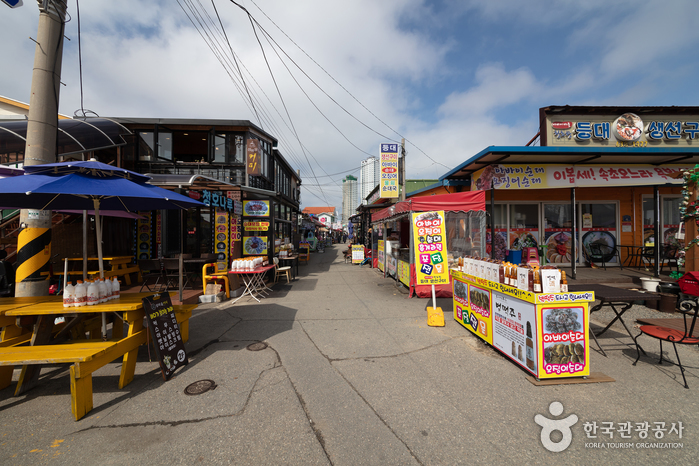
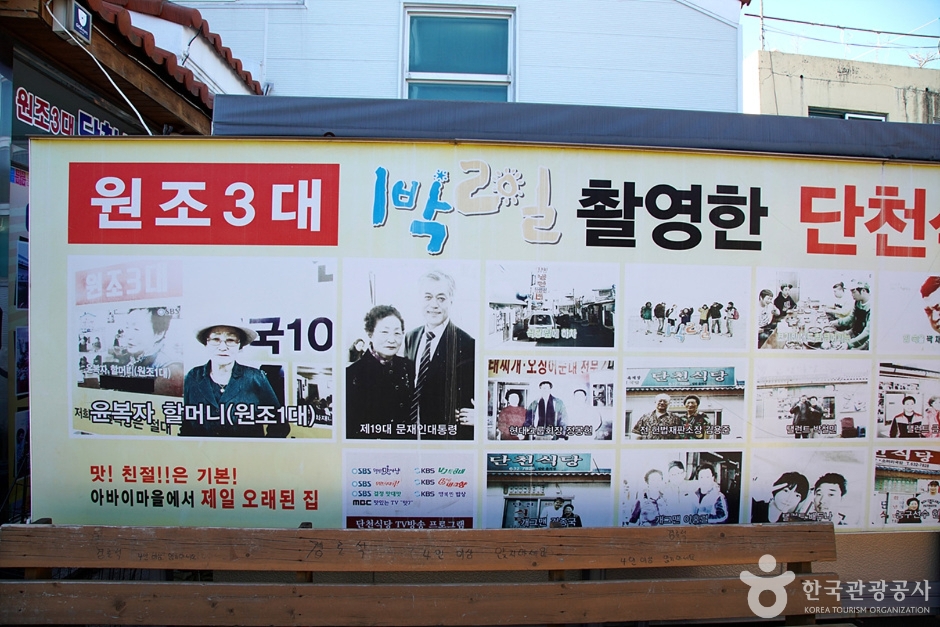
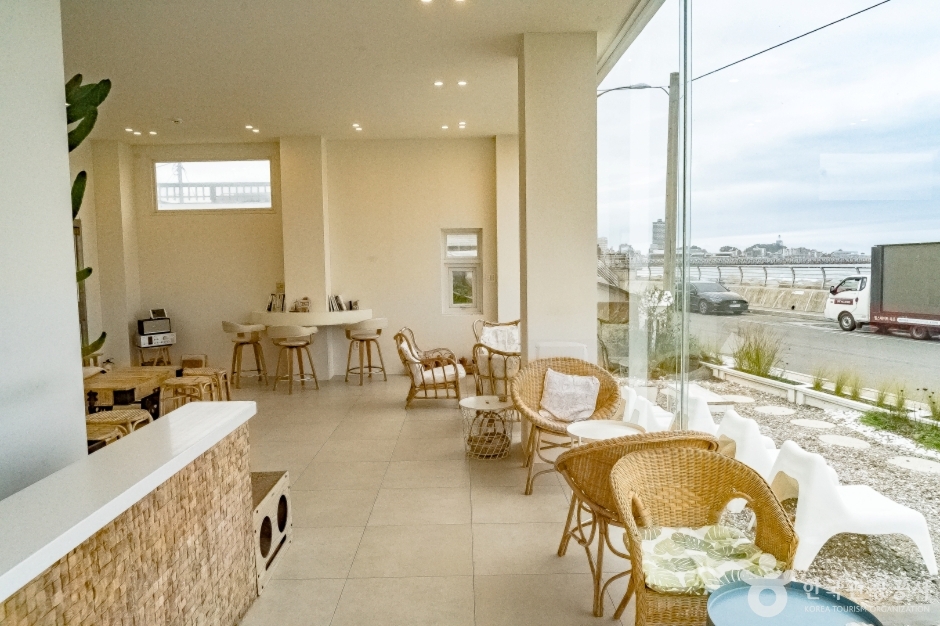
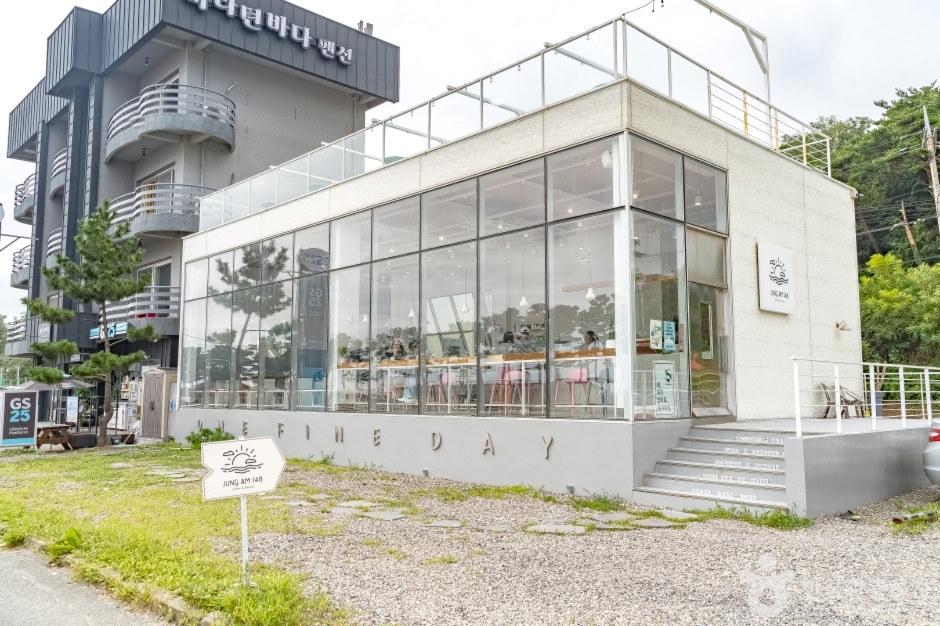
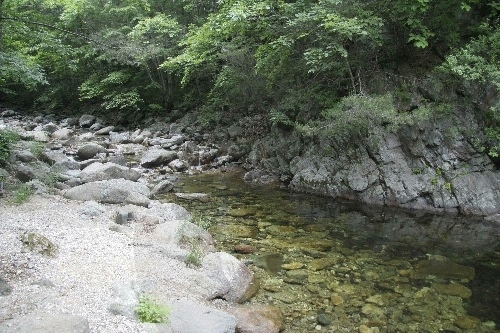
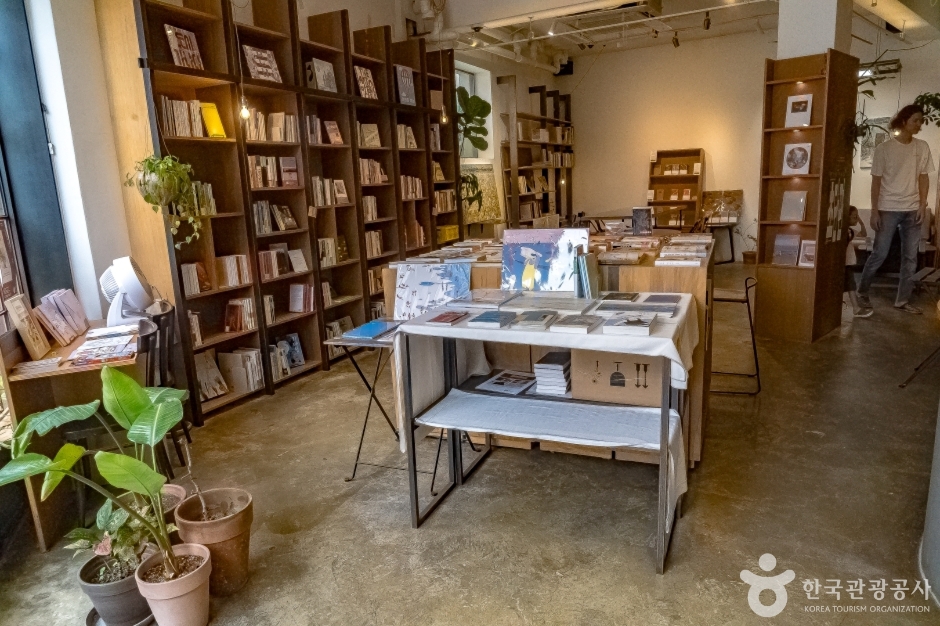
 English
English
 한국어
한국어 日本語
日本語 中文(简体)
中文(简体) Deutsch
Deutsch Français
Français Español
Español Русский
Русский